Weathering Steel For Construction
by AMC
Posted on November 16, 2022 at 10:05 AM

What is Meant by Weathering Steel?
A family of low carbon steels known as weathering steel contains extra alloying elements along with the carbon and iron atoms. In comparison to standard low carbon steel grades, these alloying components give weathering steel superior strength and greater corrosion resistance. Since weathering steel resists rusting, it is frequently employed in outdoor applications and conditions.
How Weathering Steel Works?
IUnlike other corrosion-resistant steels that don't rust, including austenitic stainless steel, weathering steel doesn't rust. Steel that has been exposed to the elements will rust, but just on the outside. Once the exterior layer of rust has formed, the rust does not continue to spread deeper into weathering steel. The steel is really shielded from further corrosion by the surface coating of rust, which serves as a barrier. The rust layer that forms on plain carbon steel is permeable and will eventually break off, allowing another layer to form deeper into the steel. Up until the steel is rendered worthless, this cycle is repeated. The alloying components make the first layer of rust that forms on steel stick to it much better during weathering, which stops the rust from entering deeper and weakening the steel. It is not necessary to coat weathering steel because of this protective rust coating.
Weathering Steel Grades
Weathering steel is a group of low carbon alloy steels with different grades. Some grades, like CORTEN A and CORTEN B , are kept secret. Another group of proprietary grades is the Patinax weathering steels. All of these proprietary grades are the same as A 242 and A 588 in the ASTM system.
Benefits of Using Weathering Steel
Conventional steel bridges can meet the needs for safety, quick construction, appealing appearance,
shallow construction depth, minimal maintenance, and flexibility in future usage at a reasonable
cost by utilizing the most recent advancements in automated fabrication and construction procedures.
Bridges made of weathering steel have all of these features as well as the following additional
advantages.
• Very low maintenance
• Cost benefits
• Speed of construction
• Attractive appearance
• Environmental benefits
• Safety benefits
• Long term performance
• Limitations on use
• Marine environments
• De-icing salt
• Continuously wet/damp conditions
• Atmospheric pollution
1. Very Low Maintenance :
The only maintenance necessary to guarantee the bridge continues to function correctly should be
routine inspection and cleaning. Thus, weathering steel bridges are appropriate where it is
difficult or risky to gain access for future repair and where there is a requirement to minimize
traffic disturbance, such as across major roads or railroads.
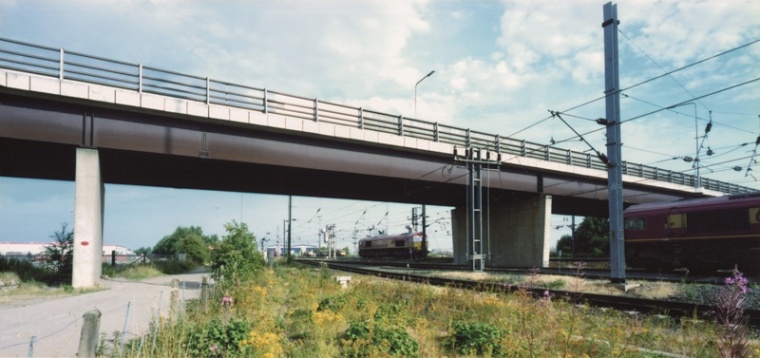
2. Cost Benefits :
Although weathering steel costs a little more than regular structural steel, the savings from
getting rid of the paint system more than make up for the higher material cost. Therefore, a
weathering steel bridge's initial cost is quite comparable to that of a traditional painted steel
substitute. Research on eight bridges in the UK provided evidence for this.
However, one additional advantage of ageing steel bridges is their significantly lower whole-life
expenses. Steel bridges that are weathering require very little future maintenance, which
significantly lowers both the direct cost of maintenance operations and the indirect cost of traffic
delays.
3. Speed of Construction :
Overall construction durations are reduced, as both factory and site painting operations are
eliminated.
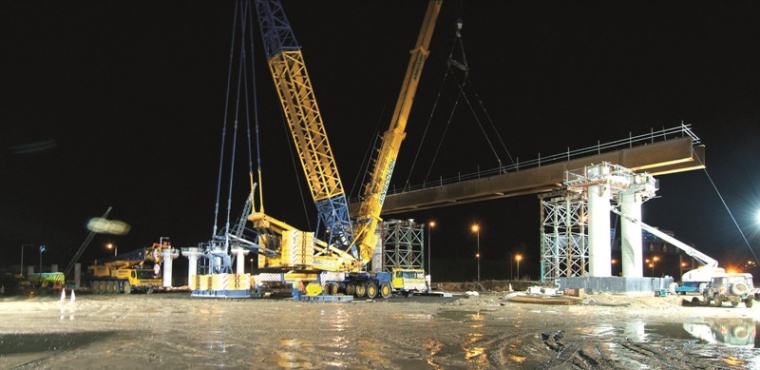
4. Attractive appearance : The aesthetically pleasant aspect of aging steel bridges generally harmonizes well with the surroundings and gets better over time.
5. Environmental Benefits : The aesthetically pleasant aspect of aging steel bridges generally harmonizes well with the surroundings and gets better over time.
6. Safety Benefits : The risks connected with further maintenance are evidently reduced with minimal maintenance. Additionally, the health and safety concerns associated with initial painting are avoided. Such concerns are particularly pertinent to the creation and upkeep of steel box girders, for which weathering steel is increasingly being used in order to reduce the need for internal access (e.g. River Usk Crossing)
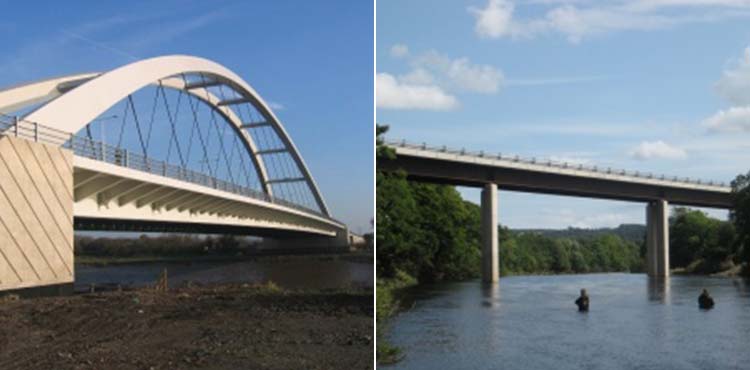
7. Long term performance : In the UK, steel bridges that weather well have a solid track record. According to a TRL study, weathering steel bridges constructed in the previous 20 years are generally functioning well. When issues have arisen, they have often been the direct result of specific flaws, such as leaky deck joints, rather than any overall performance deficiencies with regard to corrosion.
8. Limitations on use : The majority of areas are suited for using weathering steel bridges. However, just like with other types of construction, some environments can cause issues with durability. Extreme environments will not yield adequate results from weathering steel, hence its use should be avoided in these circumstances.
9. Marine environments :
It is harmful to be exposed to excessive levels of chloride ions, which can come from salt
fogs, ocean spray, or coastal airborne salts. Salt's hygroscopic properties harm the patina because
they continuously maintain a wet environment on the metal surface. Unless it can be proven that
airborne chloride levels do not reach the salinity classification of S2 (i.e., cl 300 mg/m2/day) per
BS EN ISO 9223[5], weathering steel should generally not be utilized for bridges within 2 km of
coastal waters.
Research conducted by BISRA (British Iron & Steel Research Association) in the middle of the 1980s
led to the recommendation that weathering steel shouldn't typically be used within 2 km of coastal
water. At numerous locations throughout the UK, they assessed the amount of chloride in the air at
different distances from the coast and discovered a sharp decline in those levels at a fixed
distance of about 2 kilometers. Similar outcomes were seen in an exercise for CEGB related to
transmission towers.
However, it should be remembered that the microclimate at the bridge site affects the degree of
airborne chloride (and, consequently, the suitability of weathering steel) (i.e. the local
topography and prevailing wind direction etc.) . Consequently, this estimate of 2 kilometers should
not be regarded as a strict limit but rather as guidance based on the information at hand.
10. De-icing Salt :In extreme circumstances, the usage of de-icing salt on highways
both over and under weathering steel bridges may cause issues. These situations include those where
salt-laden run-off leaks through expansion joints and flows straight over the steel, as well as salt
spray from roads under large bridges, which can generate "tunnel-like" conditions. Local painting of
the sensitive areas is advised under such extreme circumstances. Even at 5.3 m standard headrooms,
salt spray is unlikely to be an issue for the majority of weathering steel composite overbridges.
The combination of a large bridge with minimal headroom and full height abutments with a narrow,
depressed road with minimal shoulders between vertical retaining walls results in "tunnel-like"
conditions. Grade separations between urban and suburban areas may present such circumstances. The
unusual geometry can result in significant salt deposits on the bridge girders and inhibits air
currents from dispersing roadway spray.
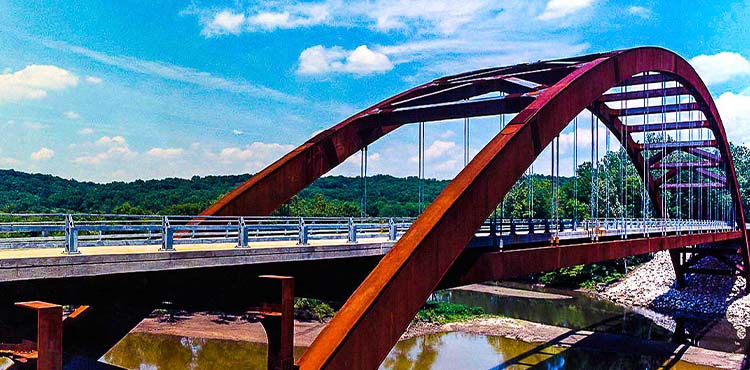
11. Continuously wet/damp conditions
:It takes many wet/dry cycles for the adhering patina to form. In cases where this is
not possible because of persistently moist or damp conditions, a corrosion rate comparable to that
of regular structural steel must be anticipated. Examples include steel components that are buried
in soil, submerged in water, or covered by plants. In these circumstances, weathering steel should
be coated and the paint should extend above the level of the water, soil, or vegetation.
Bridge decks over water that are very wide or have a low clearance may have damp conditions. In
order to prevent such moist circumstances, it is advised[6] that a minimum headroom of 2.5m be
imposed for crossings over water.
12. Atmospheric Pollution
:In environments with significant levels of corrosive chemicals or industrial fumes,
notably SO2, weathering steel should not be used. The use of weathering steels would be prohibited
in such locations with a pollution categorization above P2 to BS EN ISO 9223[5] (i.e. SO2 > 80
mg/m2/day). However, given current restrictions on industrial air pollution, this is an extreme
level that is infrequently observed today.
The impact of diesel exhaust on the long-term performance of a weathering steel bridge over a
railway has previously been a source of concern. Although diesel fumes contain airborne sulfur
compounds, they can actually be advantageous by reacting with the steel's alloying components to
produce insoluble corrosion products.
According to data from Tata Steel research programmes, weathering steel corrodes at an average rate
of 2 m/year as opposed to 50 m/year for traditional structural steel in severely polluted industrial
(sulfur-bearing) atmospheres. The industrial setting in these investigations of natural exposure was
comparatively harsh, being near an industrial coking mill.
In contrast, similar environmental circumstances are unlikely to occur in a microclimate generated
by passing trains beneath a bridge. When locomotives are stopped exactly beneath the bridge, higher
pollution levels may be expected, however it is unlikely that the steelwork would be exposed for a
length of time or at a level where the 80 mg/m2/day limit would be exceeded. Additionally, the
little oiliness of the deposits left behind by diesel exhaust fumes may serve as a water barrier and
lessen steel corrosion.
The Chemical Composition of Weathering Steel
Weathering steel is a low carbon steel, often containing less than 0.3% carbon by weight. Because of the low carbon content, it can continue to be ductile and robust. Other alloying components are also added to weathering steel, which helps to boost strength but, more significantly, corrosion resistance. Although many other alloying elements are employed, nickel, copper, and chromium are the three most important ones in weathering steel.
Mechanical properties of Weathering Steel
Yield strength, ultimate tensile strength, ductility, and toughness are the main mechanical characteristics that need to be taken into consideration while designing bridge steelwork. The specifications requirements are the same for all of these essential mechanical qualities, according to a comparison of the product standards for weathering steel (EN 10025-5 [1]) and regular structural steel (EN 10025-2 [2]). Therefore, for the purposes of design, weathering steel should be regarded as being equal to regular structural steel.
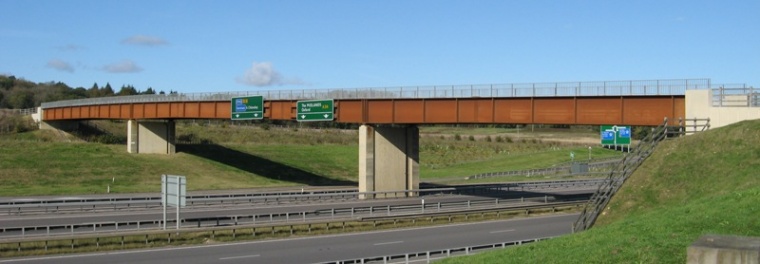
Drainage of Weathering Steel
Weathering steel bridges needs to be planned out in detail so that all of the steelwork can dry out. Details should be chosen so that water and dirt don't get trapped and there is enough air flow. The next good idea should be followed.
